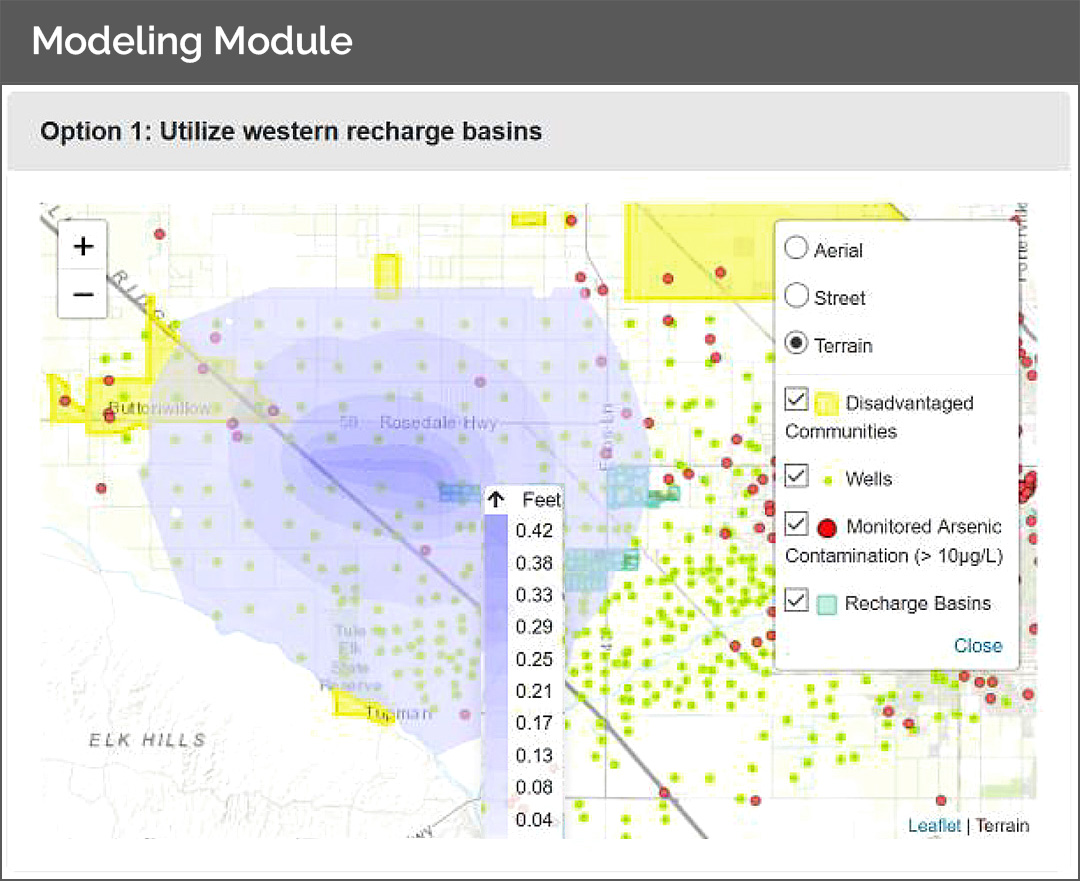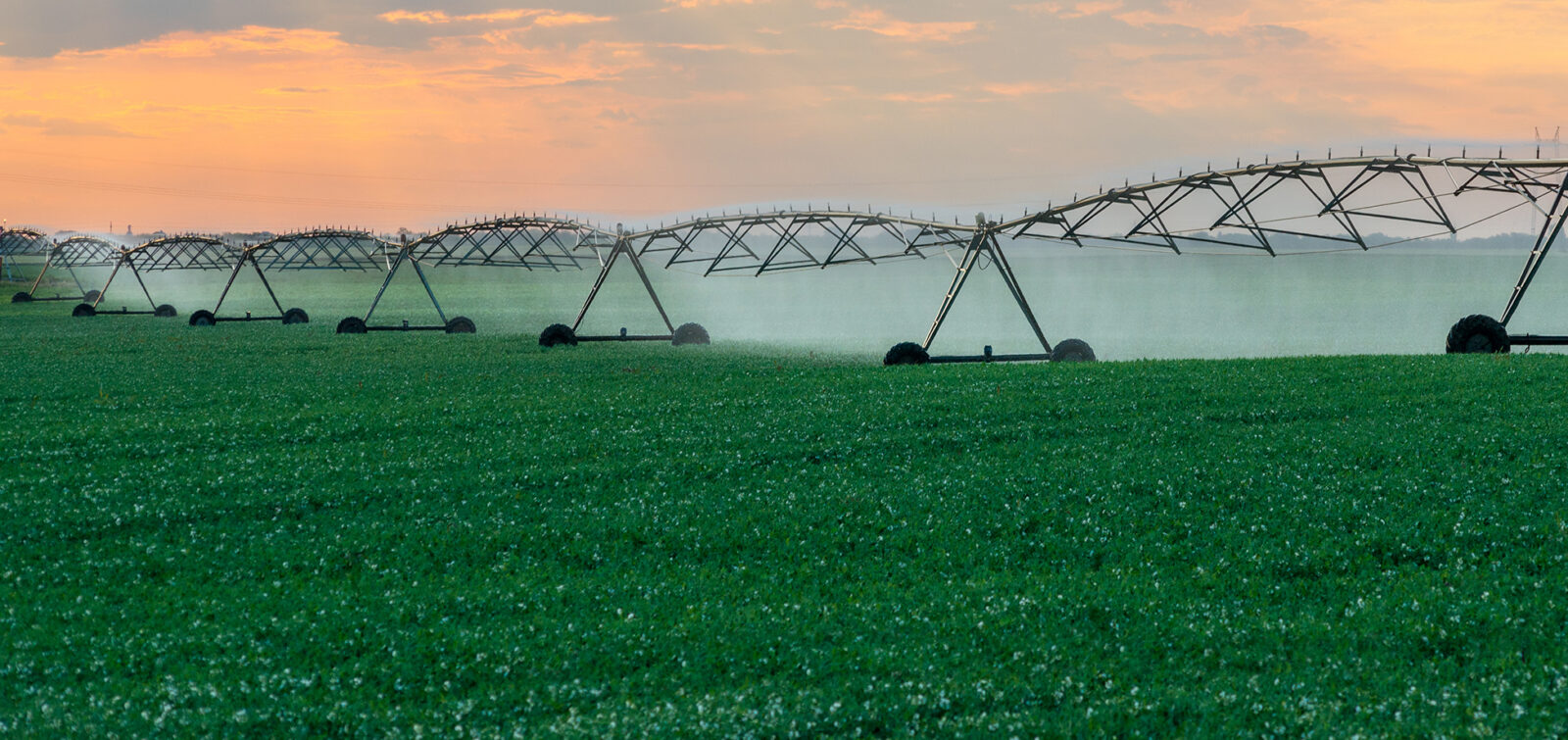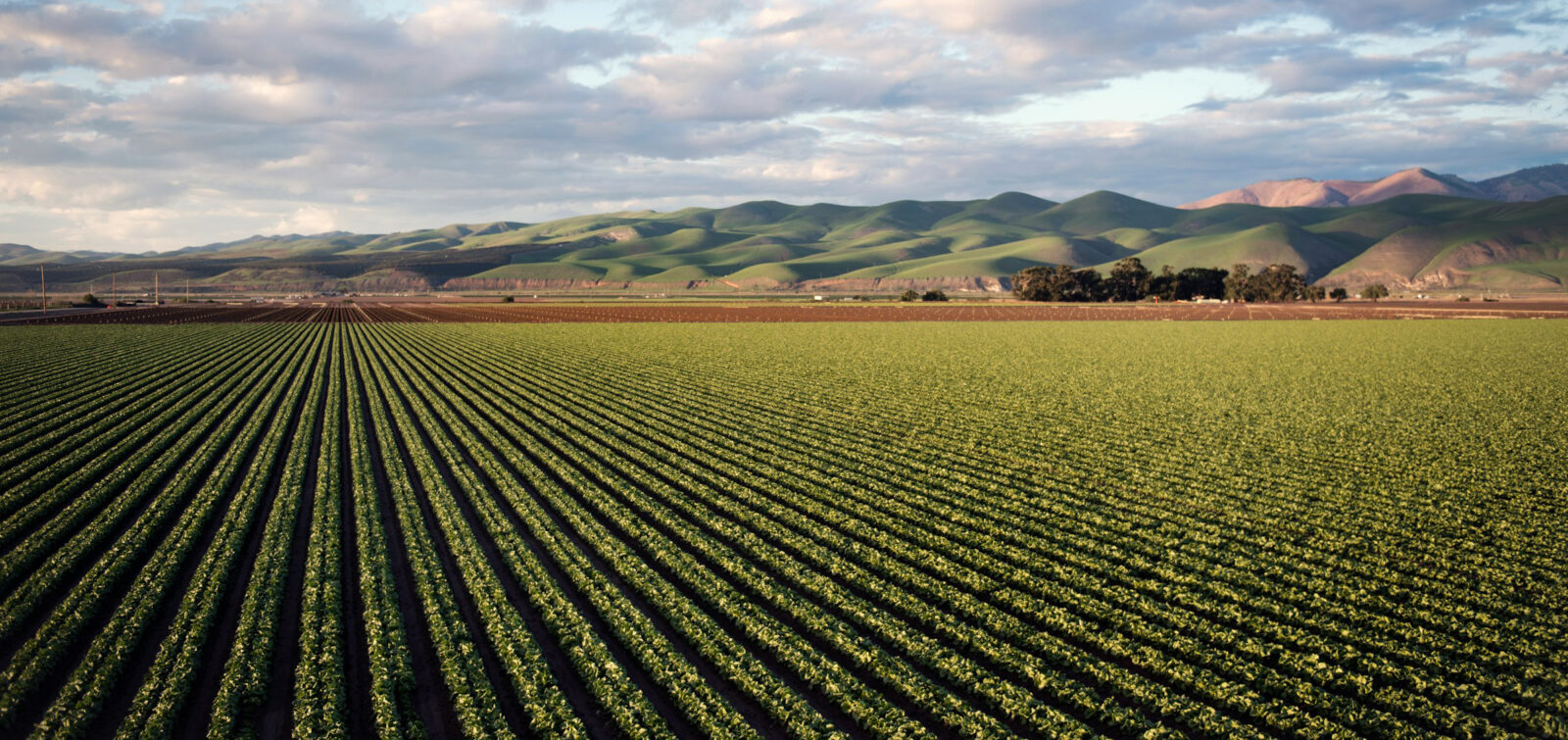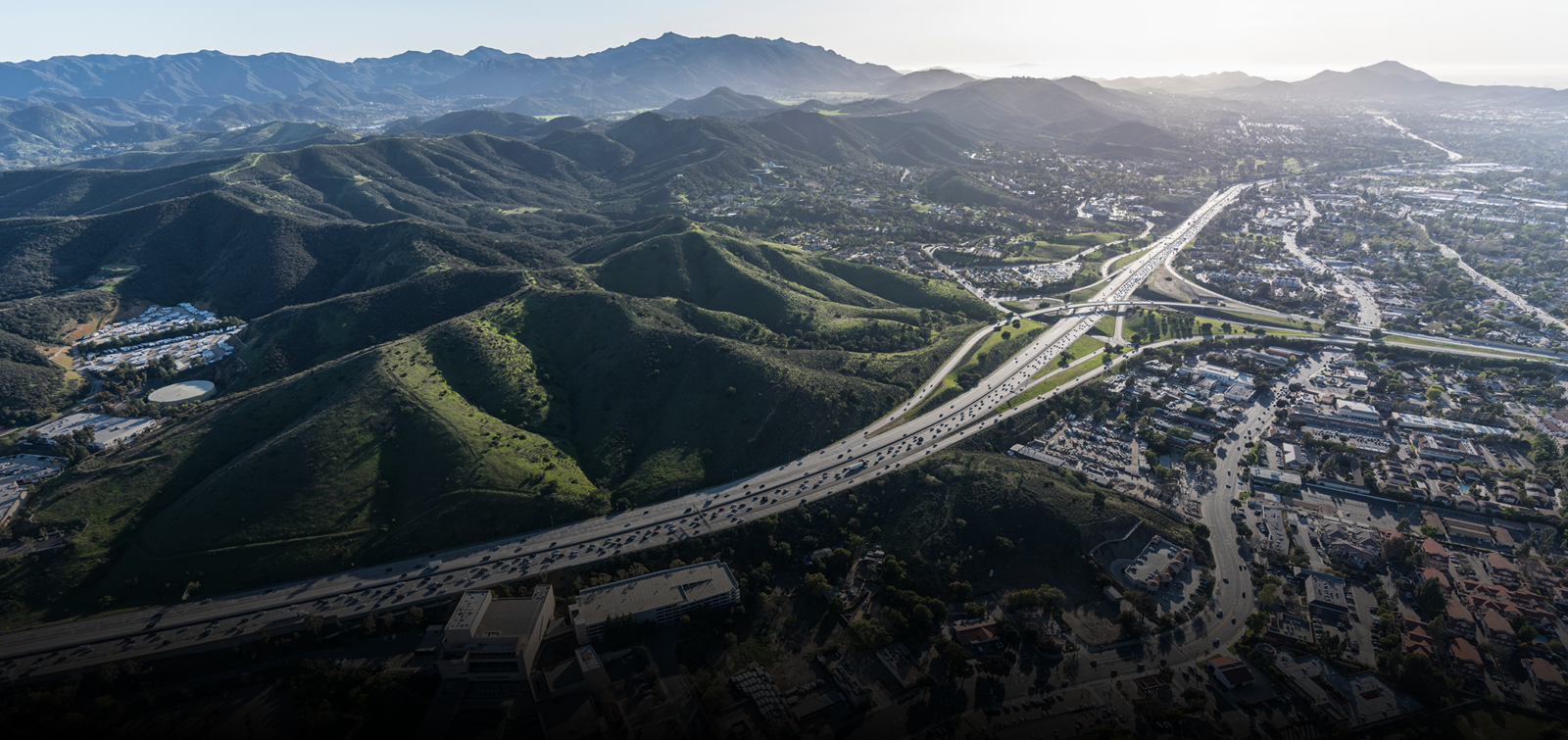If the topics at the 6th Annual Western Groundwater Congress in Burbank are any indication, water agencies in California are heavily interested in the implementation of Groundwater Sustainability Plans (GSPs). California’s landmark Sustainable Groundwater Management Act (SGMA), passed in 2014, directed the formation of new groundwater sustainability agencies (GSAs) to manage the state’s priority water basins at local levels. It also required these agencies to develop GSPs, which serve as important guidelines for how they can meet the state’s water sustainability goals.
ESA is assisting several GSAs with implementing this responsibility. These efforts revolve around three distinct areas of our diverse line of business practices, which were highlighted at this year’s conference:
- Biological resources management
- Strategic CEQA compliance and permitting
- Dynamic data management systems that support groundwater managers with desktop tracking and reporting capabilities
Protecting groundwater-dependent ecosystems and species
The passage of SGMA marked a seismic shift for water management in California, addressing the necessity for sustainable practices and putting the power to limit over-extraction into the hands of local groundwater managers SGMA’s primary goal is to mitigate overdraft within 20 years while avoiding “undesirable results” such as water quality degradation, land subsidence, or depletion of surface water.
One of the directives of SGMA implementation is the requirement for agencies to consider groundwater-dependent ecosystems (GDEs) when implementing groundwater management actions.
Though SGMA does not require the re-establishment of GDEs to historic conditions, it does require the “consideration” of resources that existed at the time SGMA was enacted (2015).
Another challenge for agencies is that no two groundwater basins or GDE management objectives are exactly alike. Every basin requires novel approaches to characterizing the existing ecosystems and implementing protective practices.
For the Santa Clarita Valley in northern Los Angeles County, ESA has developed a novel approach to monitor GDEs along the Santa Clara River corridor, thereby complying with monitoring requirements in the GSP.
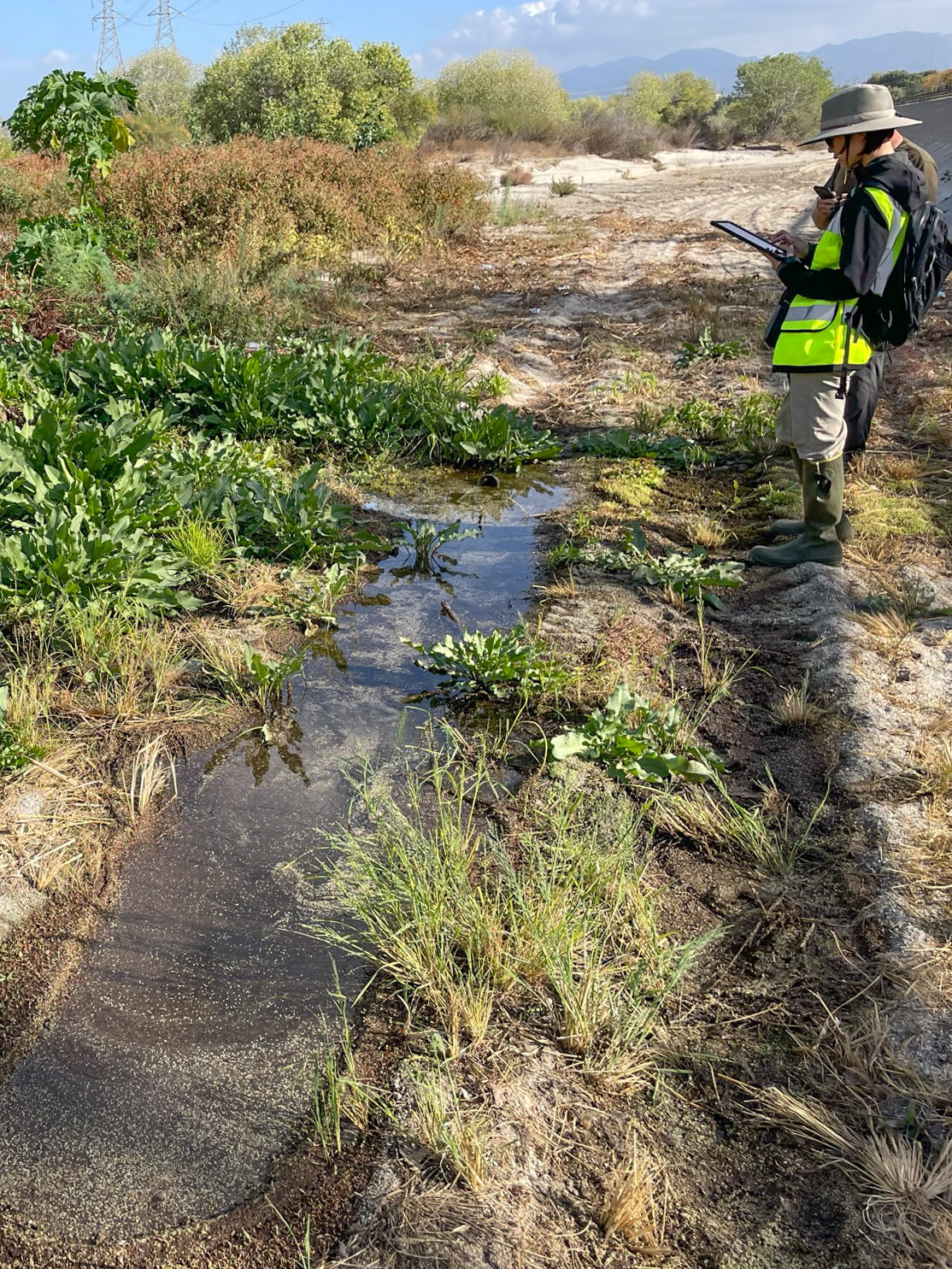
Ecosystem monitoring along the Santa Clarita River Valley Groundwater Basin.
The effort includes annual monitoring events along designated locations of the river corridor to evaluate water stress at the edges of the riparian habitats that are designated as GDEs.
Navigating environmental compliance and permitting
While CEQA compliance is not required for the development/adoption of a GSP, it is required for implementation of certain GSP projects and management actions (PMAs). ESA prepared a Program Environmental Impact Report (PEIR) providing program-level of analysis for PMAs within the Turlock Subbasin GSP.
The GSP involves replenishment of the subbasin with water from various sources, such as surface water, stormwater, and reclaimed water.
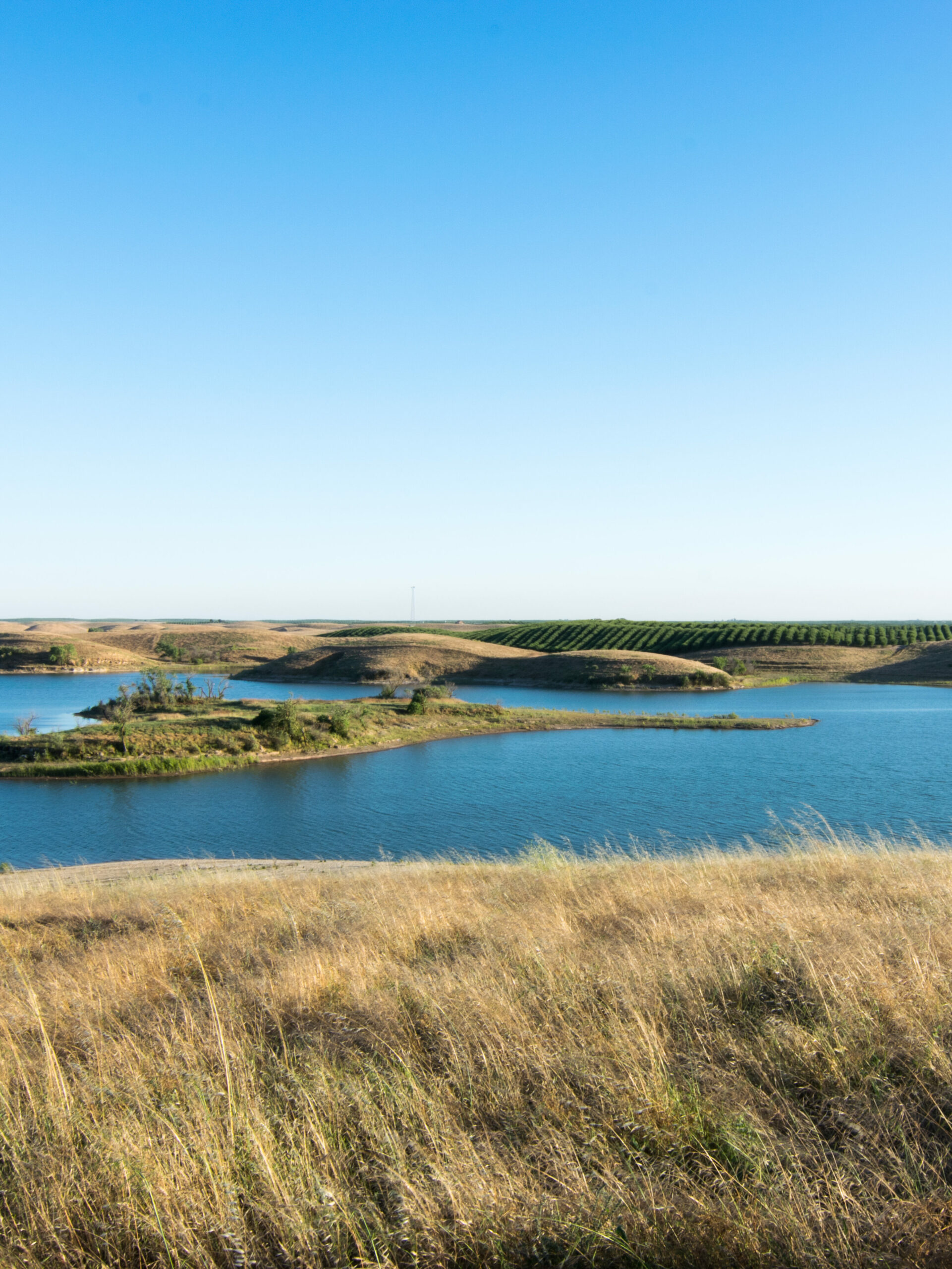
Turlock Reservoir, in the Turlock Subbasin
Projects evaluated in the PEIR include physically constructed (structural) features such as injection wells, recharge basins, regulating reservoirs, pipelines, water storage tanks, dry wells, canal interties, fish screens, etc. Management actions evaluated in the PEIR include water conservation, land fallowing, and pumping reductions.
The Final PEIR included a PMA-Specific Checklist, which assists future PMA proponents in determining whether a proposed PMA to be implemented qualifies as within the scope of the PEIR (e.g., memo to file) or requires additional environmental documentation (e.g., addendum, supplemental Initial Study/Mitigated Negative Declaration, or Environmental Impact Report).
This PMA-specific checklist dramatically cuts down on the CEQA timeframe needed for projects implemented under the GSP that don’t qualify for a CEQA suspension under the Governor’s Executive Orders (e.g., N-7-22, N-4-23, N-6-23).
In addition to CEQA, GSP implementation requires navigation of a myriad of possible permits. ESA, in conjunction with the California Department Water Resources and California Department of Fish and Wildlife, recently developed a CEQA and Permitting Flowchart for groundwater projects along with an accompanied informational table to assist groundwater project proponents in GSP implementation.
Leveraging data
In addition to fulfilling environmental monitoring and compliance requirements, GSAs are also seeking new ways to better manage the transition to sustainable water supplies. The Groundwater Accounting Platform, which ESA developed in partnership with the California Water Data Consortium, Environmental Defense Fund, and Olsson, is a comprehensive tool to assist, track, and manage sustainable groundwater usage at the parcel and GSA scale.
The open-source platform enables water managers and landowners to track water supply and closely monitor hydrological impacts of groundwater pumping in near real time through data collected from sensor networks, district water supply data, modeling scenarios, and more. With access to this data, managers can better understand their region’s water use, which can inform decision-making and help meet regulatory objectives. The platform is currently being used by four water pilot partners across California, and efforts are underway to adapt and scale the platform across the state.
Connect with Us
If you are interested in finding out more about how ESA’s specialists can assist water agencies with implementing GSPs and facilitating SGMA compliance, reach out to Tom Barnes and Meredith Parkin.

